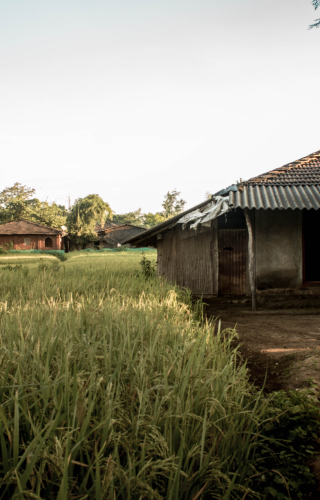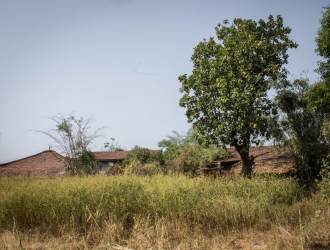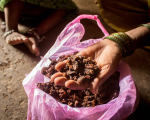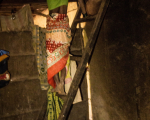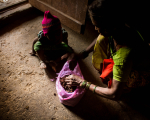For the Warli tribe of the hilly tracts of Jawahar taluka in Palghar district, Maharashtra, the mahua tree (colloquially, moha cha zaad) has spiritual significance as well as practical use.
The Warlis eat the moha flower, barter it for grain, extract its oil, sell it for cash and brew moha daru (alcohol) from it. The colourless spirit is an integral part of the Warlis’ lives and indispensable to their rituals and social gatherings. It was once vital to the rural economy of the region. But various rules and sanctions on moha’s production imposed during the British rule in India, and followed by post-Independence governments, criminalised its production, sale and consumption by the locals. So far-reaching are the implications that now all their interactions with moha happens in secrecy.
This photoessay illustrates the ecological, religious and cultural context in which moha daru is brewed and sheds light on its production process.
